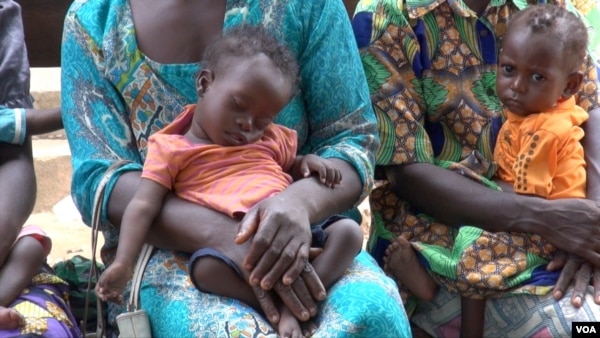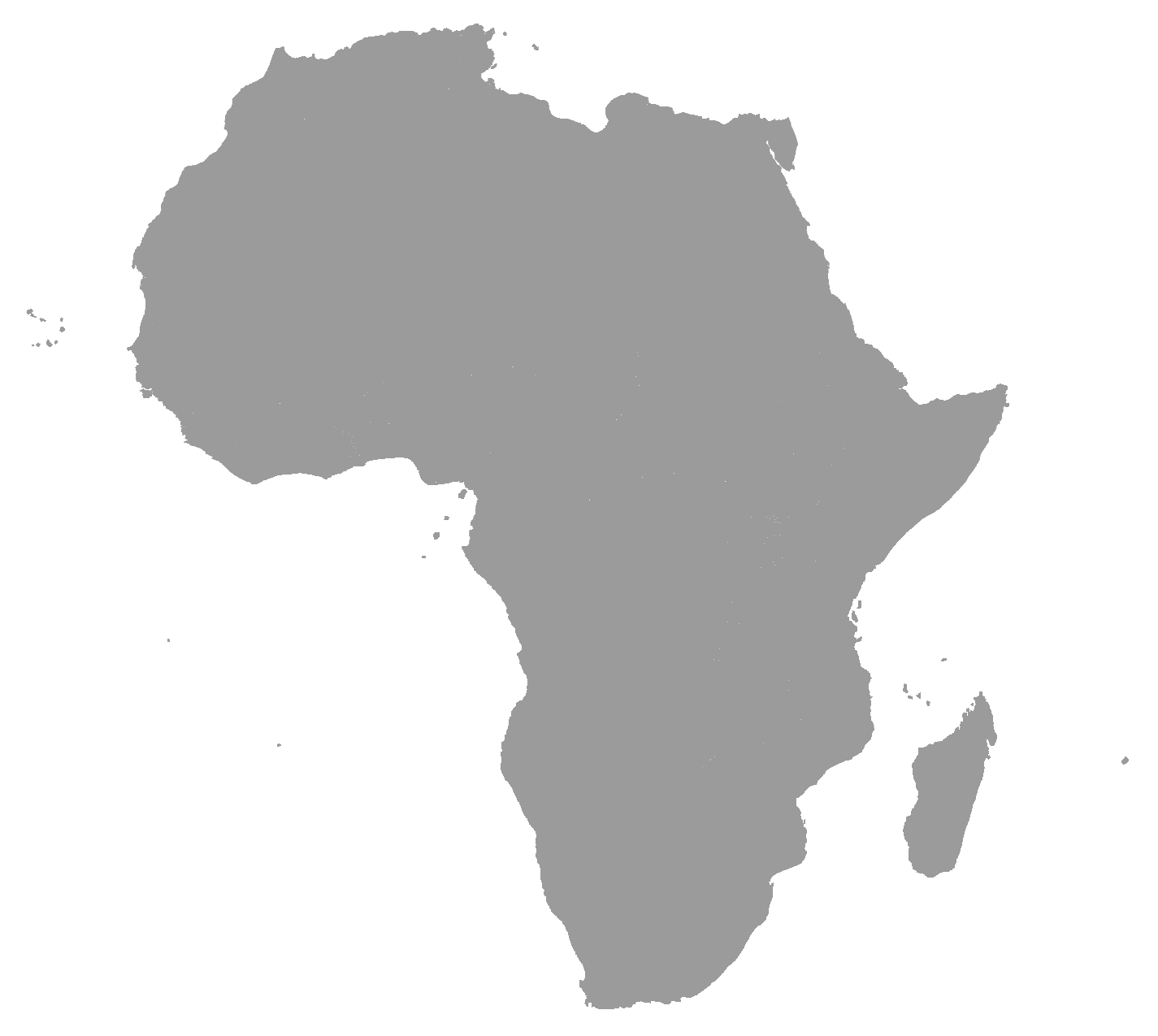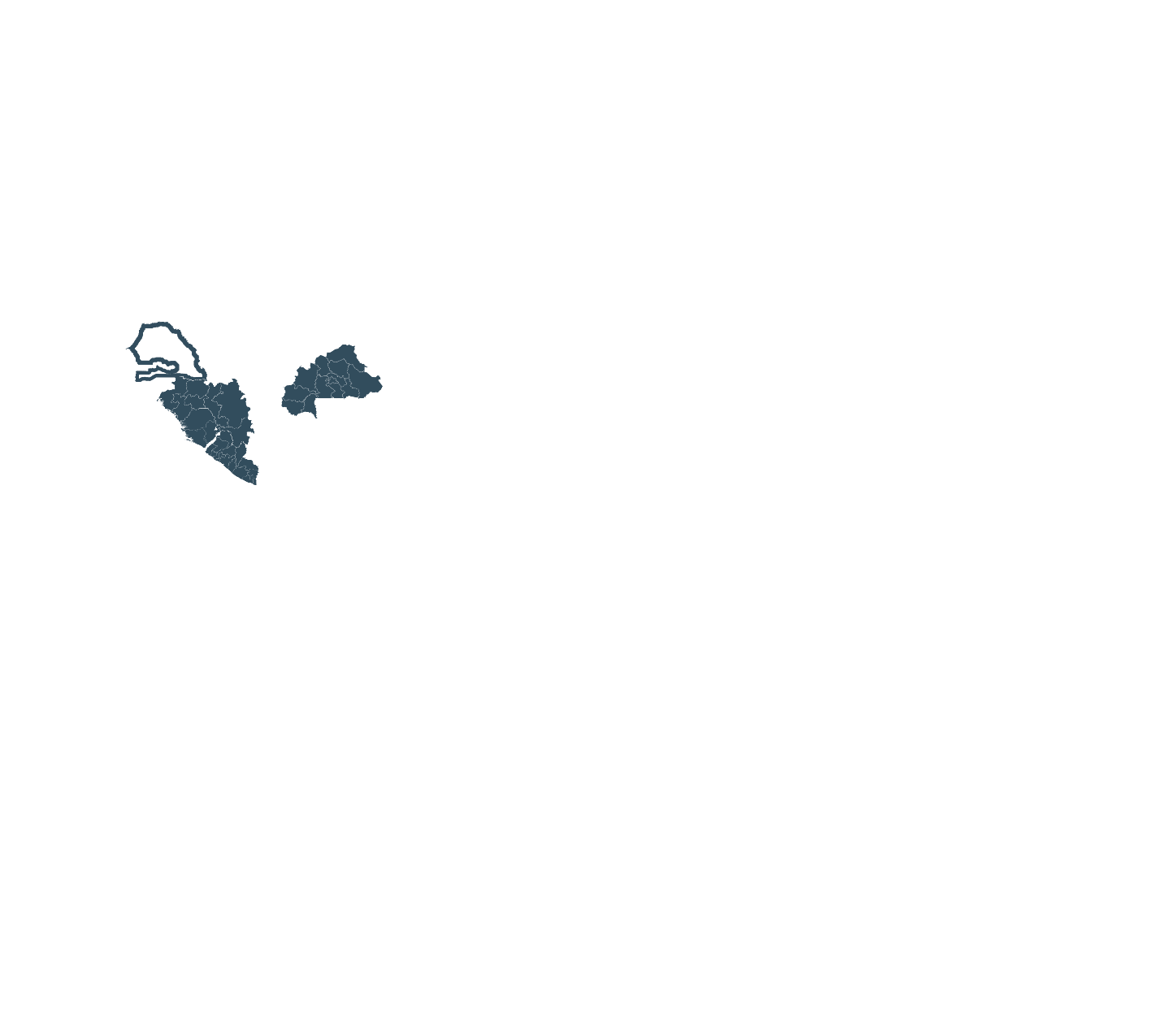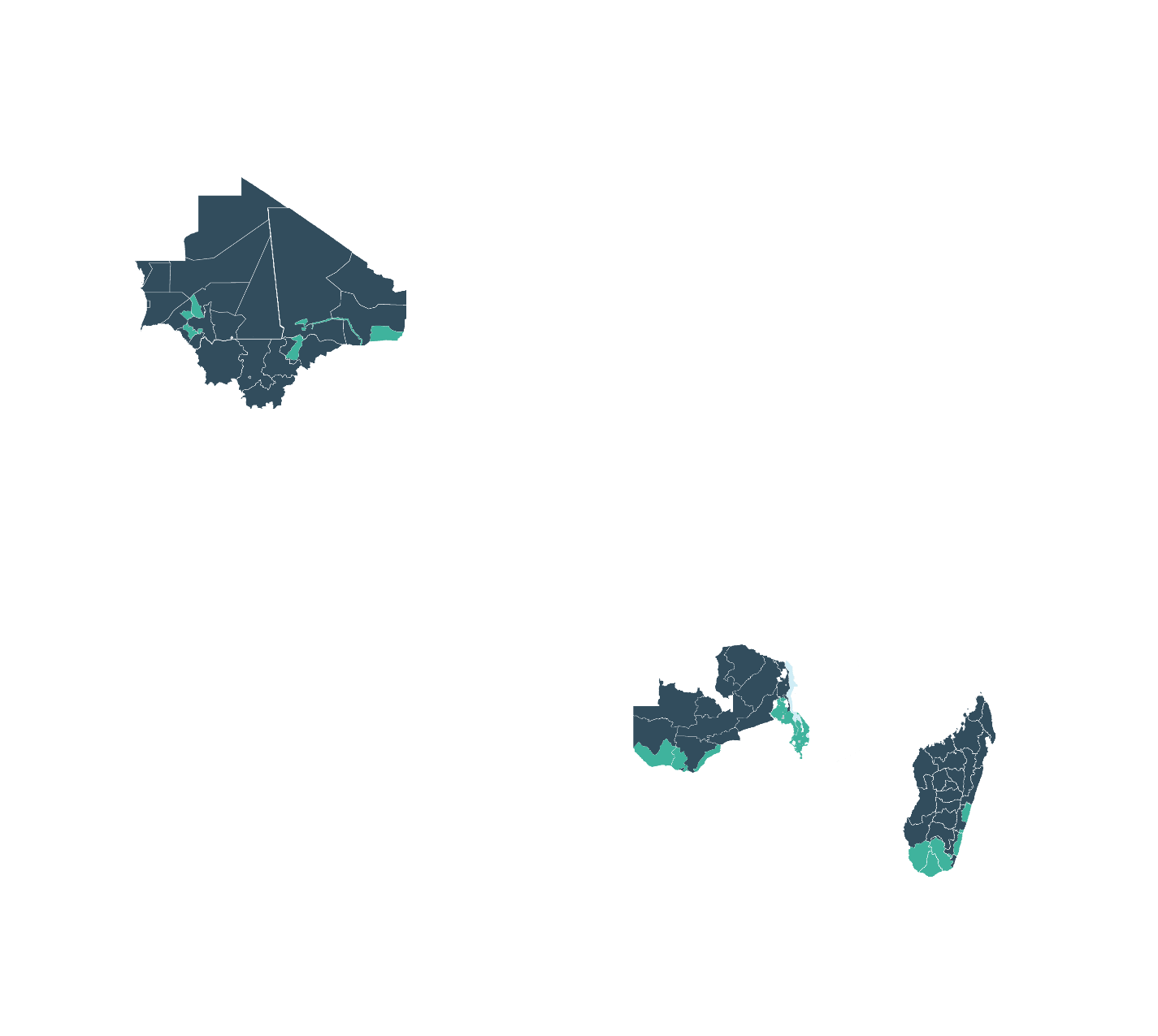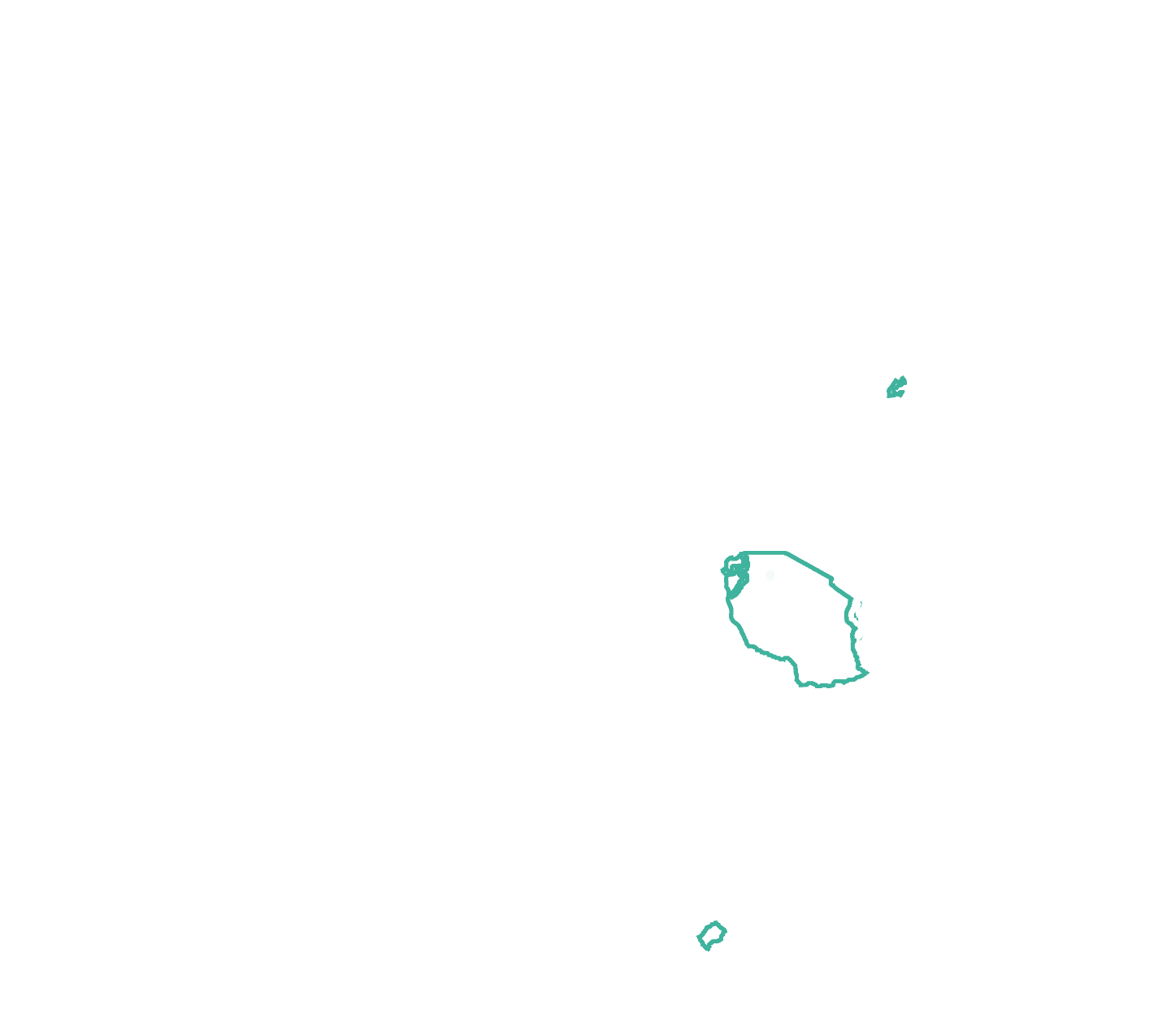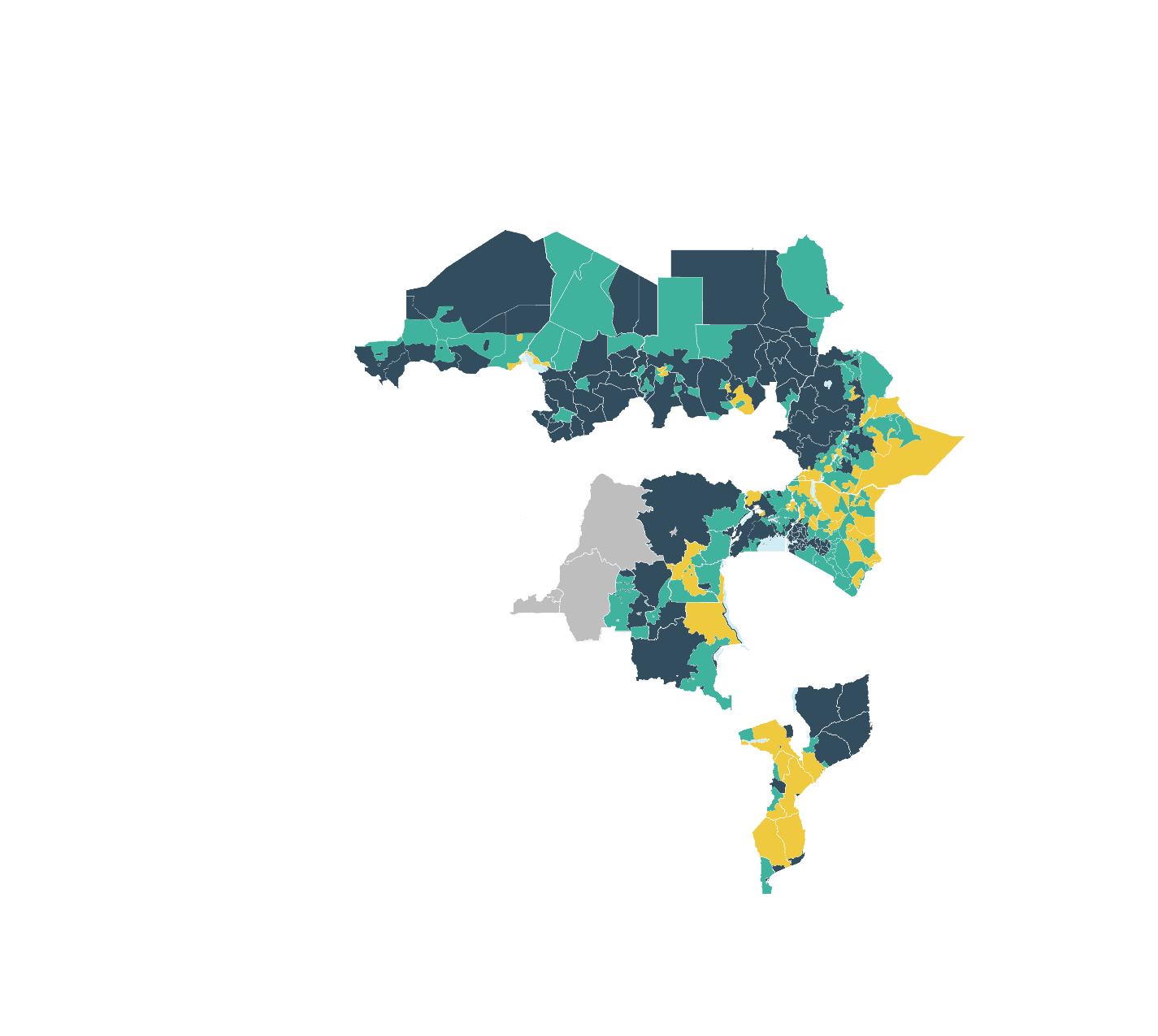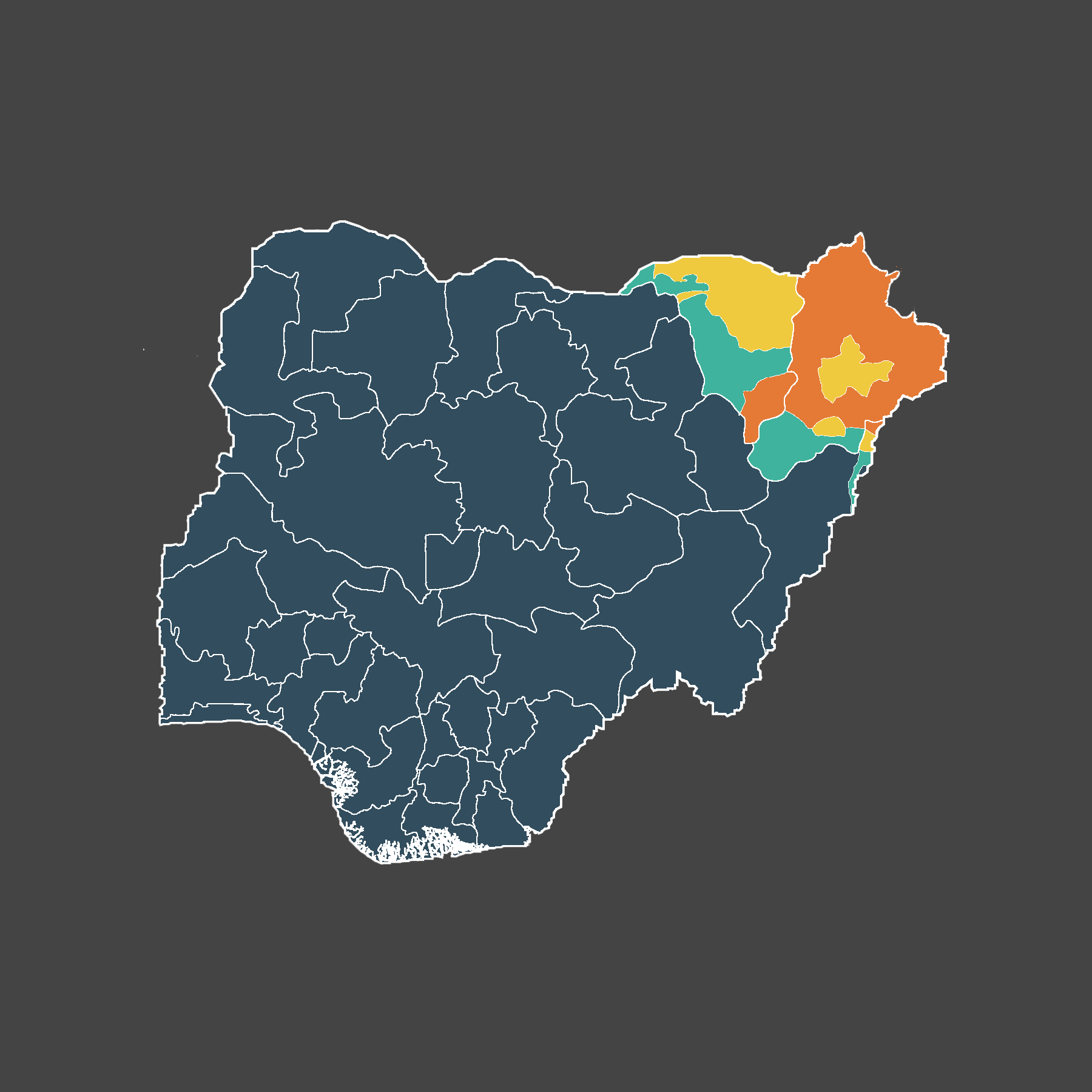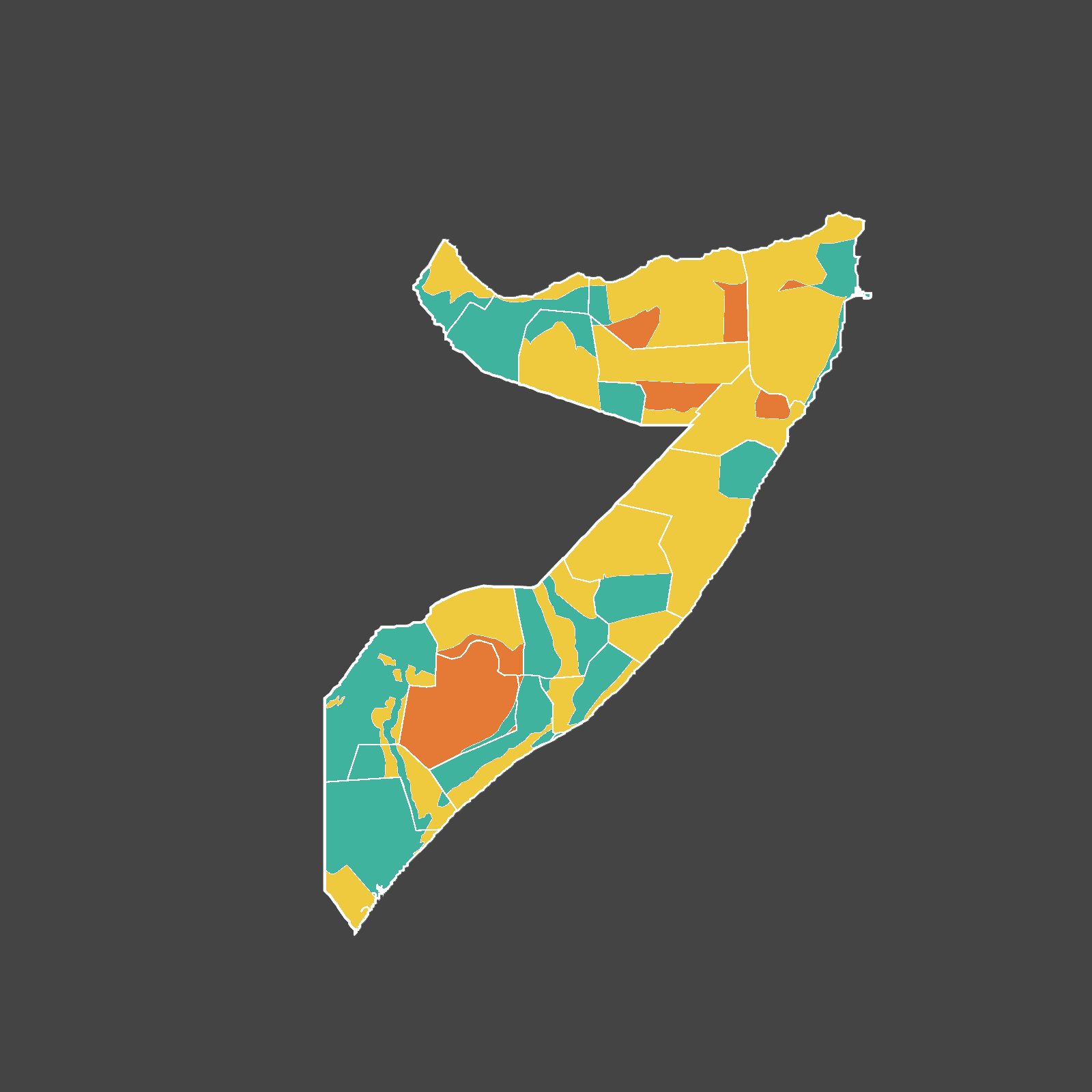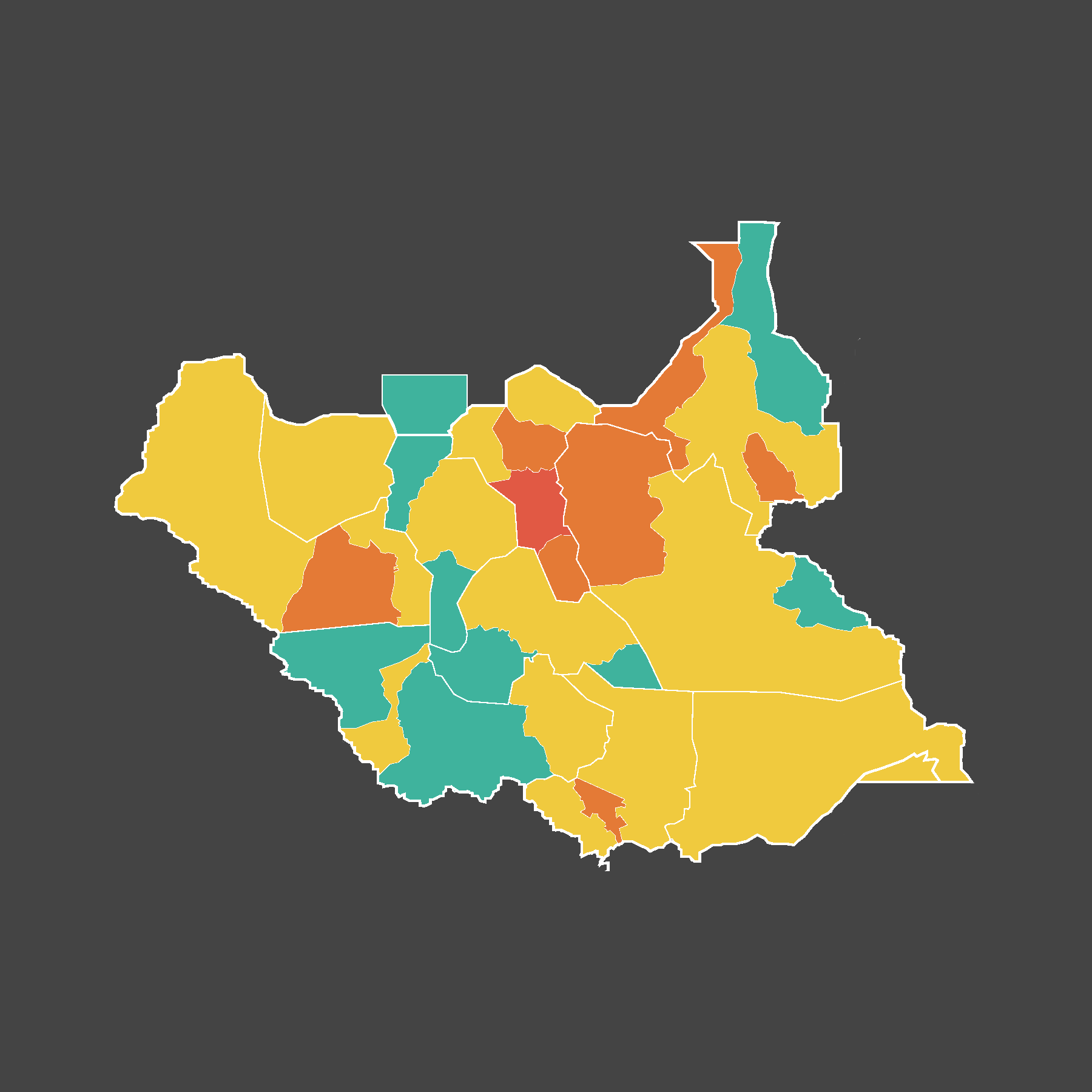The Latest Headlines
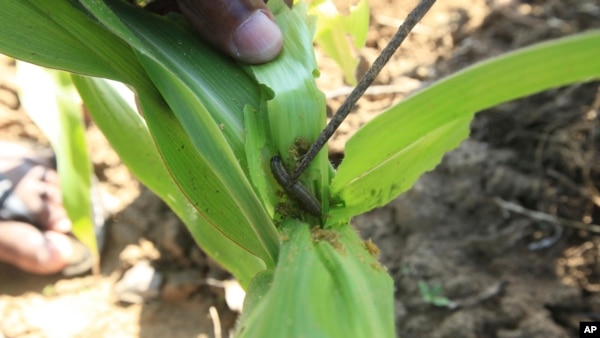 Fall Armyworms Hit Malawi, President Appeals for Help
Fall Armyworms Hit Malawi, President Appeals for HelpIn Malawi, President Peter Mutharika has declared 20 of the country’s 28 districts disaster areas following an invasion by fall armyworms. The pests have destroyed the crops of nearly 140,000 farming families since the start of November.
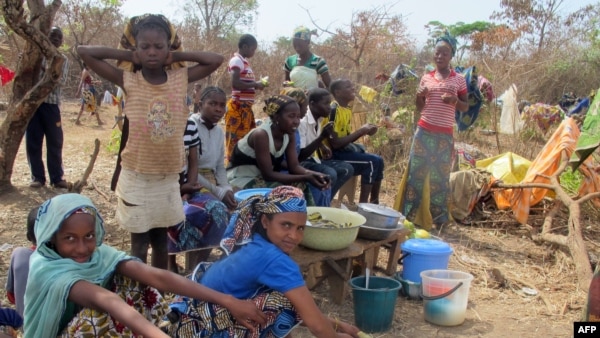 Fish Farming Project Helps CAR Refugees Feed Themselves
Fish Farming Project Helps CAR Refugees Feed ThemselvesThe United Nations says humanitarian needs in refugee camps in Cameroon are increasing, exceeding the means available to take care of the growing number of refugees. At Gado refugee camp in eastern Cameroon, 200 refugee women have developed a fish pond by a river and are supplying fish not only to people in need in the camp but to surrounding villages.
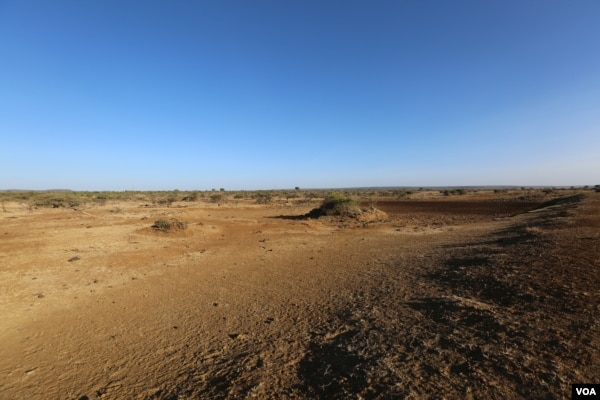 East Africa Battled Severe Drought, Hunger in 2017
East Africa Battled Severe Drought, Hunger in 2017Severe drought and conflict in East Africa left more than 37 million people severely food insecure in 2017, according to the U.N. World Food Program. Emergency relief efforts helped much of the region avoid the worst with the exception of South Sudan, where famine was declared in two regions in early 2017 and the humanitarian situation continues to get worse.
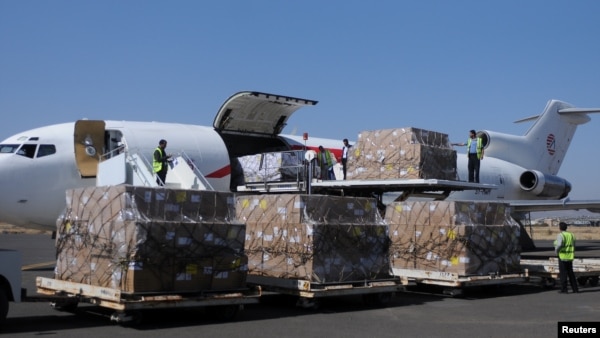 UN Launches Biggest-ever Humanitarian Appeal
UN Launches Biggest-ever Humanitarian AppealThe United Nations is appealing for a record $22.5 billion to provide humanitarian assistance to 91 million victims of conflict and natural disasters in 2018.

